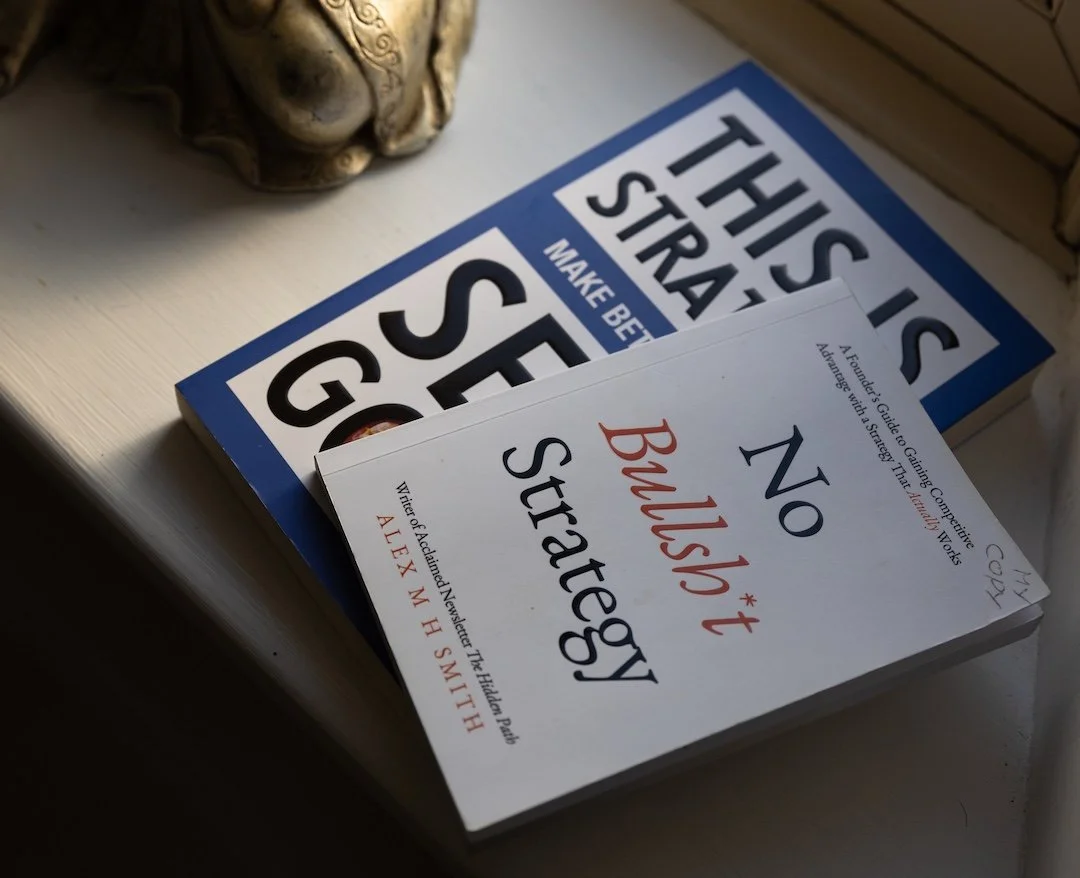Certainty is a myth. Here’s what great leaders focus on instead.
To say we are living in uncertain times is probably an understatement right now, given the level of macro uncertainty we are experiencing. So, the question we would like to focus on this week is ‘How to lead through uncertainty.’
The legendary investment guru Warren Buffett has a few mantras that underpin his incredibly successful business strategy, one of which is, ‘Be fearful when others are greedy and be greedy when others are fearful. ' In other words, do the opposite of what the majority is doing. We think similar logic can be applied to leadership, namely.
‘Be confident when others hesitate and be hesitant when others are overly confident’.
These more challenging times are when leaders earn their salaries and build their reputations through their leadership style.
The best sailors want to race in the most challenging conditions as they know that is where their skills are really tested, and they know they will be able to handle the conditions better than most. Harsh conditions differentiate the good from the average when discussing sailors or leaders.
So here are three actions you can take right now to be a confident leader in uncertain times.
Reframe: Threat or Opportunity
The first is a mindset shift, which does not view the current external factors negatively but reframes them as potential opportunities. When there is uncertainty or large-scale changes, gaps appear, and opportunities arise that are not there in a stable market. This could be the time to really get close to your key stakeholders, i.e., your employees, your clients, your customers, and your suppliers.
Getting close looks like just spending more time and aligning their views with yours.
How are they feeling?
What do they need from you right now?
This could be the right time to deepen existing relationships and also to step back and consider whether your current strategy is still appropriate. We don’t advocate changing strategy unless the previous one is no longer effective or sustainable, but tweaking strategy should be a continual consideration.
Why not spend a couple of hours with your leadership team just reviewing the current situation or go and spend time with a few key clients to understand their current situation and future concerns.
The danger of uncertainty is it can create passivity and procrastination so we would encourage to do the opposite by being proactive and curious. And who knows what insights or ideas might be generated by reframing this as an opportunity rather than a threat.
Rethink: How can I ‘be the rock of certainty’ for my stakeholders?
In times of change, people don’t just need answers—they need presence. A “rock of certainty” doesn’t imply having all the solutions but rather entails being:
“the calm in the storm, the compass when the map is unclear.”
Leaders must consistently lead, especially in uncertain times, with heightened confidence and reliability. All stakeholders will look to you, and their confidence in you will be stronger than in typical circumstances.
I understand this can be challenging if you don’t have all the answers or the level of certainty you would ideally like, but this is where you need to prioritise others’ needs over your own. We require a degree of certainty from leaders, and an increased amount of communication is essential.
We need to understand that there is a plan (and we appreciate that it might need to change), and we need to know how we can support that plan. It’s that simple.
We don’t expect our leaders to have all the answers immediately, but we do need to know that you are actively engaged in finding solutions and are willing to communicate this to us regularly.
Refocus: Transparency Builds Trust
It may sound counterintuitive and feel uncomfortable, but leaders need to be more transparent during uncertain times than in periods of ‘business as usual. ‘ This is because trust, which underpins confidence in leadership, is directly linked to transparency.
In simple terms, the more transparent you are with them, the more trust they will have in you. When there is little or no communication from leadership, employees will create their own – usually false – narratives to fill the vacuum you have created. This is a difficult situation for a company to recover from. You need to prevent a communication vacuum from existing in the first place by being more transparent than usual about ‘our’ situation and ‘our’ plans to navigate this next period. The key word in that sentence is ‘our. ' If you treat them as stakeholders, they will act as stakeholders. They are invested in your company in different ways and to varying degrees, so they deserve transparency.
You need their trust to support your strategy, and to gain that trust, you must be transparent. If you sense an unusual amount of uncertainty, open the floor for questions, as it is always better for questions or concerns to be raised when you are present to address them. If you don’t yet know the answer to their question, thank them for the challenge and tell them you will get back to them when you have an answer.
This is your opportunity to develop your leadership capabilities if you embrace the challenge uncertainty presents.

